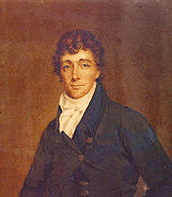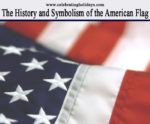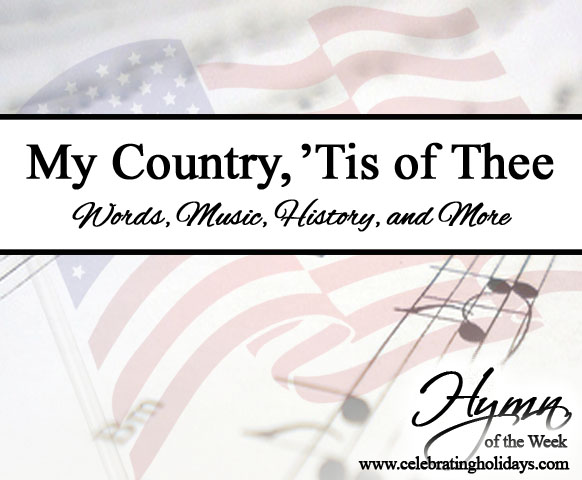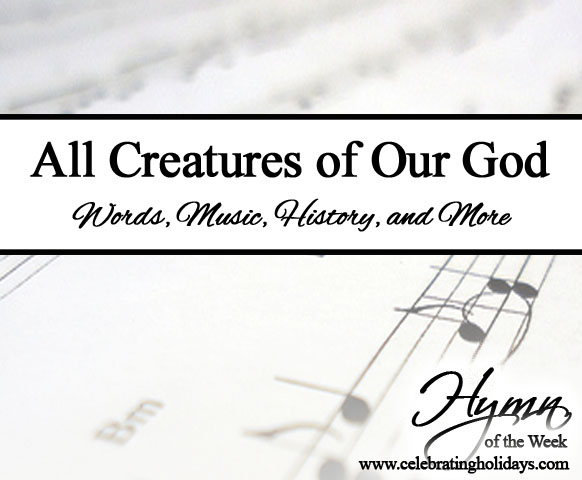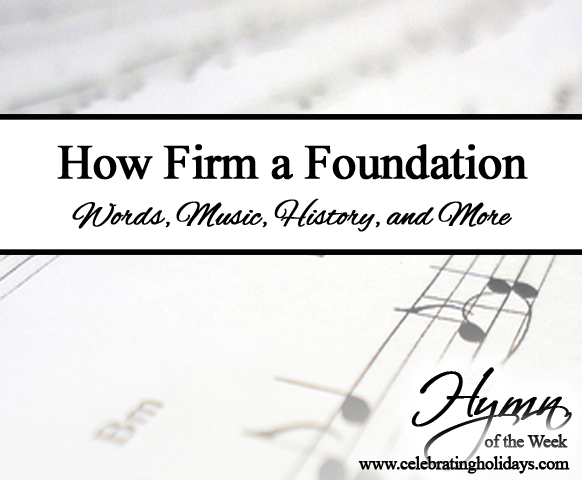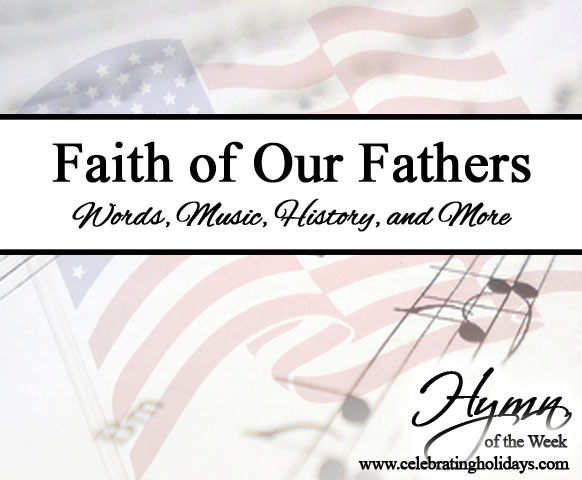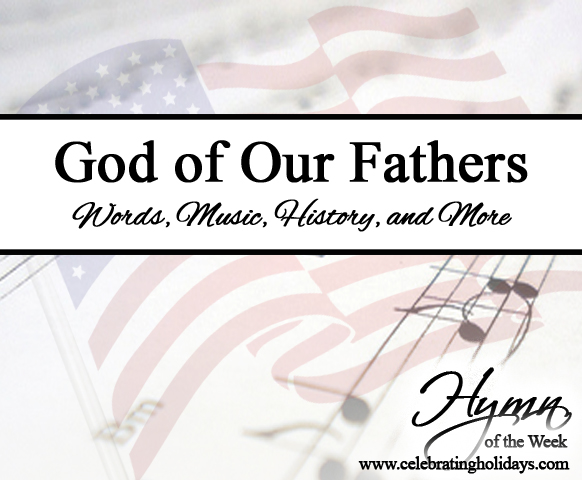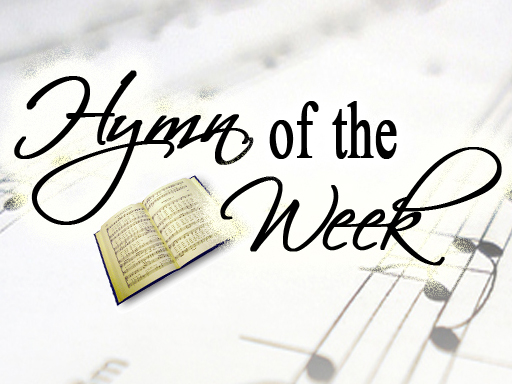The Star-Spangled Banner
This page includes a lyric video, history, sheet music, and other resources for America’s national anthem “The Star-Spangled Banner.” Enjoy!
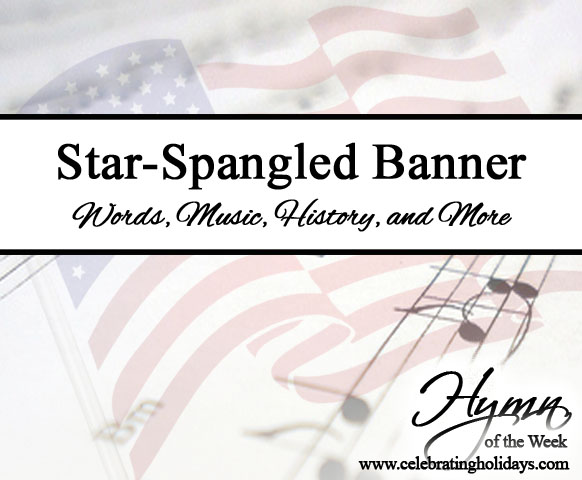
Enjoy this You Tube video, performed by Eleazar Del Rosario, with lyrics for “The Star-Spangled Banner.”
History of “The Star-Spangled Banner”
Words (1814) by Francis Scott Key (1779-1843)
Francis Scott Key was the son of an army officer who served with distinction in the Revolutionary War. He studied law and served as the district attorney for the District of Columbia. Francis was a committed Christian, and at one point, he seriously considering entering ministry full-time.1 In the end, he chose to continue in law but serve as a lay leader in his church. He also enjoyed writing poetry in his spare time.
Two years after the War of 1812 broke out (a war that began in part because Britain was supporting Indian tribes in order to prevent American expansion), Francis was sent on a diplomatic mission approved by President James Madison. His assignment was to try and secure the release of his friend, Dr. William Beanes, a popular physician, who was captured in his home and accused of aiding in the arrest of British soldiers.
On September 3, 1814, Francis, along with American John Stuart Skinner, boarded a British war ship positioned near Baltimore and had dinner with two of the commanding officers.
At first, the officers refused to release Beanes, but after Key and Skinner showed them letters from wounded British prisoners praising Dr. Beanes for his kind treatment, they relented.2 However, since the officers had openly discussed their war plans for attacking Baltimore, they had to detain Key and Skinner until the conflict was over. Key and Skinner had to watch helplessly as the British attacked Ft. McHenry in Baltimore. After the bombs subsided, in the dark of night, Key looked anxiously to the shore to try and determine the outcome of the conflict. When “dawn’s early light” began to show, Kay was elated to see a large American flag waiving triumphantly over the fort. This event inspired the words of Key’s poem originally titled, “The Defense of Ft. McHenry.”
Tune (1775) “The Anacreontic Song” by John Stafford Smith (1750–1836)
In 1766, a group of amateur musicians founded the Anacreontic Society (named in honor of the ancient Greek court poet Anacreon, who in the sixth century B.C., entertained his patrons with lyrical verse). The Society commissioned a young church musician, John Stafford Smith, to compose music for their group. According to The Library of Congress, “Smith’s tune, entitled ‘Anacreon in Heav’n,’ was a vehicle not only for the Society’s accomplished amateurs, but for its best baritone singer to display virtuosity through an astounding vocal range.”3
By the end of the eighteenth century, the English tune had made its way to North America, where, ironically, it was sung with various patriotic words about liberty and freedom from English rule. Francis probably had the “Anacreontic Song” in mind when he wrote “The Star Spangled Banner.” He was certainly familiar with the tune, since he had already written one other poem set to it.4
In 1889, the Secretary of the Navy designated “The Star Spangled Banner” as the tune to be played during the raising of the flag. In 1916, President Woodrow Wilson chose the song as the American national anthem. However, the selection “was variously criticized as too violent in tone, too difficult to sing, and, by prohibitionists, as a drinking song” (since the tune had long been sung in taverns with a variety of words).5 But,”The Star Spangled Banner” had a strong supporter in John Philip Sousa who, in 1931, argued that Francis’ words were “soul-stirring” and that “the spirit of the music” was inspiring.6 That same year, a congressional resolution was signed by President Herbert Hoover making “The Star Spangled Banner” the official national anthem of the United States.
Just for fun, here is a You Tube video of “National Anthem Performance Fails.”
Additional Resources for “The Star-Spangled Banner”:
Sheet Music (PDF Compliments of Hymnary.org)
Guitar Chords (Links to Ultimate Guitar)
Visit Hymnary.org, Hymn Time.com, or the Library of Congress for more on this hymn.
See our Hymn of the Week page for a list of our selected hymns.
This page was created by:

We welcome your ideas! If you have suggestions on how to improve this page, please contact us.
You may freely use this content if you cite the source and/or link back to this page.
Sources:
1 Reynolds, William Jensen. Hymns of Our Faith: A Handbook for the Baptist Hymnal. Broadman Press, 1964, pp. 331.
2 Wikipedia, “The Star Spangled Banner.”
3 Library of Congress, “Star Spangled Banner.”
4 Reynolds, p. 154.
5 Library of Congress, “Star Spangled Banner.”
6 Ibid.
